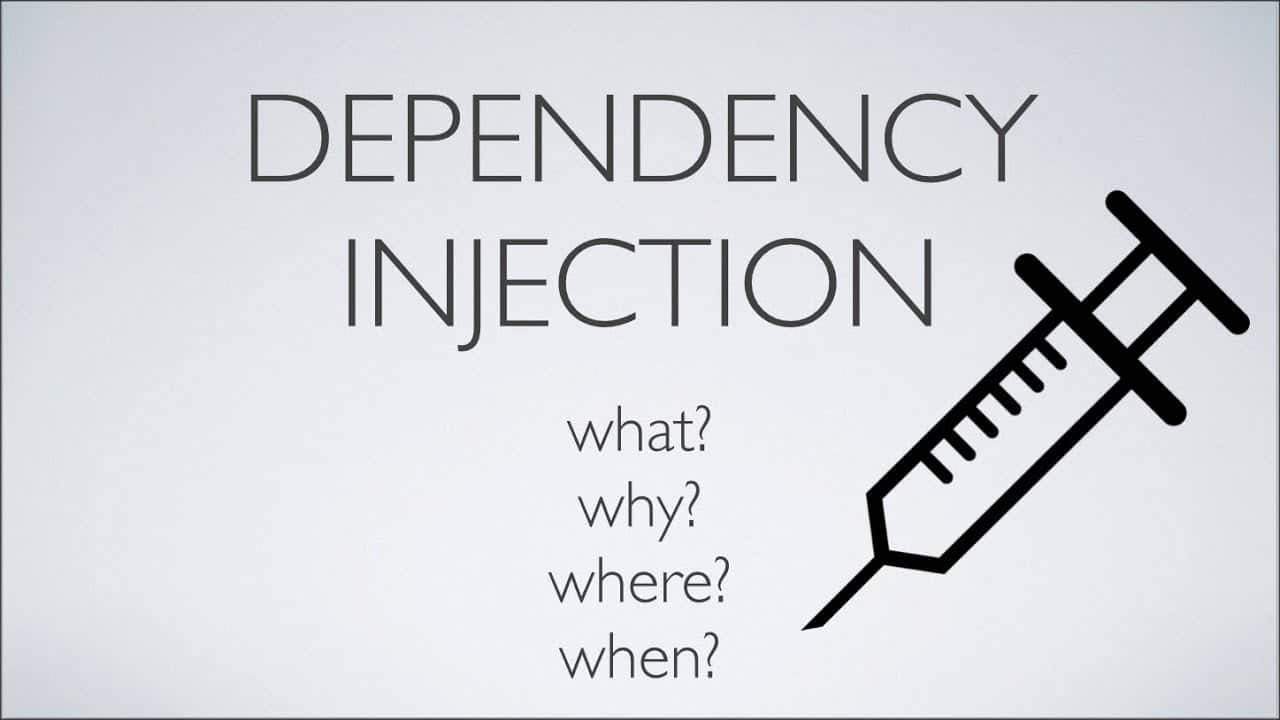Top 10 Questions and Answers on Dependency Injection
One of them will be in your next interview :)
Dependency Injection (DI) is a design pattern used to implement Inversion of Control (IoC), allowing a class to receive its dependencies from an external source rather than creating them itself. DI helps in making code more modular, testable, and maintainable by decoupling the creation and management of dependencies from the class that uses them.
1. What is Dependency Injection (DI)?
Dependency Injection is a design pattern that allows an object to receive other objects it depends on, known as dependencies, rather than creating them itself. This is achieved by injecting these dependencies through constructors, properties, or method parameters.
2. What are the benefits of using Dependency Injection?
Decoupling: Reduces tight coupling between classes.
Testability: Makes unit testing easier by allowing the injection of mock dependencies.
Maintainability: Simplifies code maintenance and updates by managing dependencies in a single place.
Flexibility: Enhances the flexibility of code by allowing easy swapping of implementations.
3. What are the different types of Dependency Injection?
Constructor Injection: Dependencies are provided through a class constructor.
Property Injection: Dependencies are provided through public properties of the class.
Method Injection: Dependencies are provided through method parameters.
4. Can you provide an example of Constructor Injection in C#?
public interface ILogger
{
void Log(string message);
}
public class ConsoleLogger : ILogger
{
public void Log(string message)
{
Console.WriteLine(message);
}
}
public class Service
{
private readonly ILogger _logger;
public Service(ILogger logger)
{
_logger = logger;
}
public void DoWork()
{
_logger.Log("Work is being done.");
}
}
// Usage
ILogger logger = new ConsoleLogger();
Service service = new Service(logger);
service.DoWork(); // Output: Work is being done.
5. Can you provide an example of Property Injection in C#?
public interface ILogger
{
void Log(string message);
}
public class ConsoleLogger : ILogger
{
public void Log(string message)
{
Console.WriteLine(message);
}
}
public class Service
{
public ILogger Logger { get; set; }
public void DoWork()
{
Logger?.Log("Work is being done.");
}
}
// Usage
Service service = new Service();
service.Logger = new ConsoleLogger();
service.DoWork(); // Output: Work is being done.
6. Can you provide an example of Method Injection in C#?
public interface ILogger
{
void Log(string message);
}
public class ConsoleLogger : ILogger
{
public void Log(string message)
{
Console.WriteLine(message);
}
}
public class Service
{
public void DoWork(ILogger logger)
{
logger.Log("Work is being done.");
}
}
// Usage
ILogger logger = new ConsoleLogger();
Service service = new Service();
service.DoWork(logger); // Output: Work is being done.
7. What is an IoC container, and how does it relate to DI?
An IoC (Inversion of Control) container is a framework for managing and injecting dependencies. It automates the process of dependency injection by resolving dependencies and injecting them where needed. Common IoC containers in C# include Unity, Autofac, Ninject, and the built-in Microsoft.Extensions.DependencyInjection.
8. Can you provide an example of using an IoC container in C#?
using Microsoft.Extensions.DependencyInjection;
public interface ILogger
{
void Log(string message);
}
public class ConsoleLogger : ILogger
{
public void Log(string message)
{
Console.WriteLine(message);
}
}
public class Service
{
private readonly ILogger _logger;
public Service(ILogger logger)
{
_logger = logger;
}
public void DoWork()
{
_logger.Log("Work is being done.");
}
}
// Setup IoC container
var serviceProvider = new ServiceCollection()
.AddSingleton<ILogger, ConsoleLogger>()
.AddTransient<Service>()
.BuildServiceProvider();
// Resolve dependencies
var service = serviceProvider.GetService<Service>();
service.DoWork(); // Output: Work is being done.
9. What are some common pitfalls to avoid when using DI?
Overuse: Injecting too many dependencies can make classes hard to manage.
Misconfiguration: Incorrectly configuring the IoC container can lead to runtime errors.
Performance: Overhead of using IoC containers can impact performance, especially if not configured properly.
10. How does Dependency Injection improve unit testing?
DI allows for the injection of mock dependencies, making it easier to isolate and test individual components. This decoupling of dependencies enables developers to create more focused and effective unit tests.
Example of Unit Testing with DI:
public class ServiceTests
{
[Fact]
public void DoWork_LogsMessage()
{
// Arrange
var mockLogger = new Mock<ILogger>();
var service = new Service(mockLogger.Object);
// Act
service.DoWork();
// Assert
mockLogger.Verify(logger => logger.Log("Work is being done."), Times.Once);
}
}
Conclusion
Dependency Injection is a powerful design pattern that helps in creating decoupled, testable, and maintainable code. By leveraging DI, developers can build flexible applications that are easier to manage and extend. Understanding the different types of DI and how to use IoC containers effectively is key to reaping the benefits of this pattern in C#.


